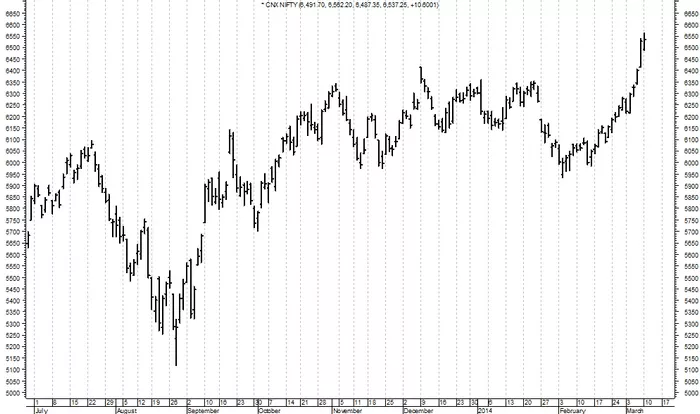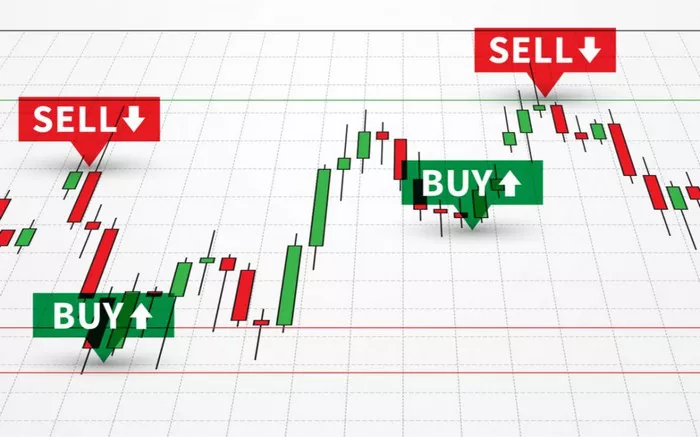In the world of stocks market, identifying undervalued opportunities can be a game-changer for investors. One such opportunity is finding oversold stocks, which may be positioned for a price rebound. Oversold stocks are those that have been sold off more than they should have been, leading to a price drop that doesn’t reflect the true value of the company. These stocks can offer a significant potential for profit if purchased before the market recognizes their true worth. However, determining whether a stock is truly oversold and when to buy it requires a solid understanding of market indicators and analysis techniques. This guide will provide you with a step-by-step approach to finding oversold stocks and how to capitalize on them using popular technical analysis tools.
What Does Oversold Mean in Stocks?
An oversold stock is one that has been heavily sold in the market, resulting in a price decline that may not be justified by the company’s fundamentals. The concept of oversold stocks comes from technical analysis, which uses various indicators to identify when a stock’s price may have dropped too far too quickly. A stock is typically considered oversold when its price is below its intrinsic value, which could signal a buying opportunity for investors who believe the price will eventually correct itself. Oversold conditions can arise from a variety of factors, including market panic, short-term negative news, or even market-wide sell-offs.
Why Do Stocks Become Oversold?
There are several reasons why stocks can become oversold, including:
Negative News or Earnings Reports: If a company releases a disappointing earnings report or faces negative publicity, its stock price may fall sharply, sometimes beyond the company’s true value.
Market Sentiment: Broader market trends, such as fear or panic selling, can cause a sell-off in stocks, pushing prices lower than fundamentals suggest.
Economic Conditions: Economic downturns or external shocks can lead to broad market sell-offs, where many stocks are sold, even if the companies themselves are not performing poorly.
How to Identify Oversold Stocks: Key Indicators
To find oversold stocks, investors typically rely on technical indicators that measure stock price movements and momentum. Here are some of the most popular tools used to identify oversold conditions:
Relative Strength Index (RSI)
The Relative Strength Index (RSI) is a widely used momentum oscillator that helps investors determine whether a stock is overbought or oversold. The RSI ranges from 0 to 100, with a reading below 30 often indicating that a stock is oversold. When the RSI falls below 30, it suggests that the stock has been sold too aggressively and may be due for a price correction or rebound. However, the RSI should not be used in isolation and should be combined with other indicators for confirmation.
Stochastic Oscillator
The Stochastic Oscillator compares a stock’s closing price to its price range over a set period of time. It is designed to identify overbought and oversold conditions by indicating momentum shifts. A reading below 20 typically signals that a stock is oversold, while readings above 80 indicate overbought conditions. Like the RSI, the Stochastic Oscillator can help identify potential buying opportunities when the stock shows signs of reversal from an oversold state.
Moving Average Convergence Divergence (MACD)
The MACD is a trend-following momentum indicator that helps traders identify changes in the strength, direction, momentum, and duration of a stock’s trend. When the MACD crosses below its signal line, it can indicate that the stock is oversold and may be due for an upward correction. This indicator is particularly useful for confirming trends and identifying potential reversals.
Bollinger Bands
Bollinger Bands are a technical analysis tool that consists of a simple moving average (SMA) and two standard deviation lines. When a stock’s price moves significantly outside of the lower Bollinger Band, it can be an indication that the stock is oversold. A bounce back toward the moving average after touching the lower band can signal a potential buying opportunity.
How to Analyze Oversold Stocks
Once you’ve identified potential oversold stocks using technical indicators, it’s essential to further analyze them to ensure they are worth considering for your portfolio. Here are some factors to consider:
Check the Fundamentals
While technical analysis can help identify oversold conditions, it’s essential to examine the fundamentals of the company. Even though the stock may be oversold based on price movements, it could be due to valid concerns about the company’s financial health or growth prospects. Look at earnings reports, revenue growth, debt levels, and other financial metrics to assess whether the company is fundamentally sound.
Look for Reversal Patterns
Once a stock is oversold, you’ll want to look for signs that the stock is ready for a reversal. Reversal patterns, such as a double bottom or a bullish divergence, can indicate that the stock is about to bounce back from oversold levels. These patterns often precede a trend reversal and can be a good indicator that it’s time to buy.
Watch for Volume Trends
Volume is another important factor to consider when analyzing oversold stocks. A sudden increase in volume during a price decline may indicate that the selling pressure is subsiding and that the stock may soon rebound. Look for volume spikes that accompany price bottoms or signs of a reversal to confirm that the oversold stock is likely to recover.
Risks of Buying Oversold Stocks
While buying oversold stocks can be a profitable strategy, it’s essential to be aware of the risks involved:
False Signals: Not all oversold stocks will experience a price rebound. Sometimes stocks may remain oversold for an extended period or continue to decline further.
Underlying Problems: A stock may be oversold for a reason, such as declining fundamentals, poor earnings, or negative news. In these cases, buying the stock could be a risky move.
Market Conditions: Even oversold stocks may continue to drop in a bearish market, where investor sentiment is largely negative.
Conclusion
Finding oversold stocks can be a highly effective way to uncover potential investment opportunities, especially in a volatile market. By utilizing technical indicators such as the Relative Strength Index (RSI), Stochastic Oscillator, and MACD, investors can pinpoint stocks that may be undervalued and due for a price correction. However, it’s crucial to combine these technical tools with fundamental analysis and a solid understanding of the market dynamics.































